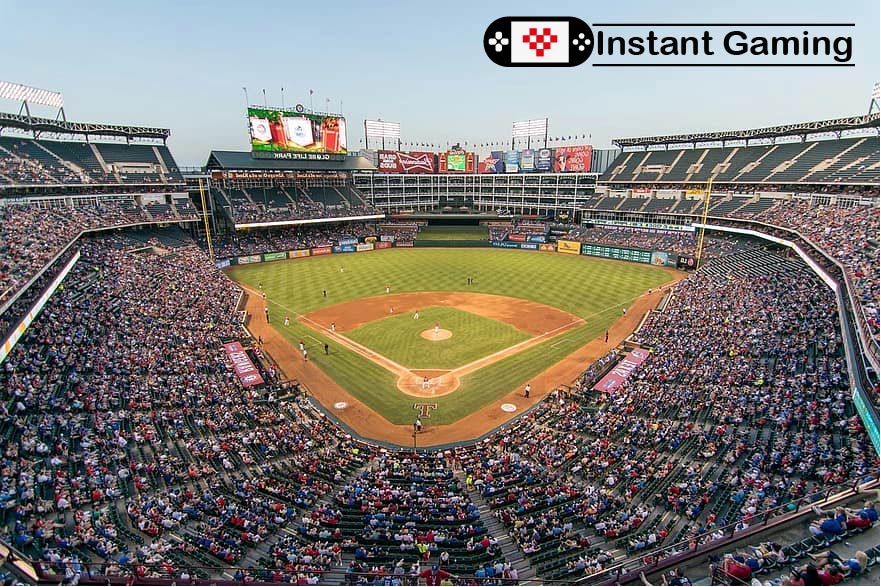Baseball has long been celebrated for its tradition, strategy, and timelessness. Yet, as the game evolves, so do its rules, often impacting the duration of a game. So, how long is a baseball game with new rules? This question has gained significance as Major League Baseball (MLB) and other organizations introduce adjustments aimed at speeding up gameplay and enhancing fan experience.
In this comprehensive guide, we will explore the average length of a baseball game with new rules, the factors affecting its duration, and how these changes impact players and fans.
How Long Is a Baseball Game with New Rules?
With the introduction of new rules, the average length of a Major League Baseball game has been reduced significantly. Before the changes, games typically lasted around 3 hours and 5 minutes, but recent adjustments have brought this down to approximately 2 hours and 40 minutes, a reduction of 20-25 minutes.
Here’s a comparison of game durations:
| Era | Average Game Time | Impact of New Rules |
|---|---|---|
| Pre-2023 (Traditional Rules) | 3 hours and 5 minutes | Games often dragged on due to delays. |
| Post-2023 (New Rules) | 2 hours and 40 minutes | Faster pace and fewer interruptions. |
The introduction of these new rules has addressed fan concerns about long game times while maintaining the integrity of the sport.
What Are the New Rules Affecting Game Duration?
To understand the impact on game length, let’s break down the most significant changes:
| New Rule | Description | Effect on Game Time |
|---|---|---|
| Pitch Clock | Pitchers have 15 seconds to throw (20 seconds with runners on base). | Reduces downtime between pitches. |
| Batter Timeouts | Hitters must be in the box and ready by the 8-second mark. | Eliminates delays caused by batters. |
| Limits on Pickoff Attempts | Pitchers can only attempt two pickoffs per plate appearance. | Speeds up innings. |
| Larger Bases | Bases increased from 15 to 18 inches. | Minimally reduces injury delays. |
| Shift Restrictions | Infielders must stay on the dirt and evenly split. | Encourages quicker offensive outcomes. |
| Automatic Runner in Extra Innings | A runner starts on second base during extra innings to hasten resolution. | Shortens extra-inning games. |
These rule changes are part of a concerted effort by MLB to modernize the sport, make games more engaging, and attract new audiences.

Why Were These Changes Made?
The primary goal behind these new rules is to speed up the pace of play. Baseball has faced criticism for its long durations and perceived lack of action compared to other sports. Fans, especially younger ones, seek quicker and more dynamic entertainment.
Key Reasons for Change:
- Fan Engagement: Shorter games align better with modern attention spans.
- TV Broadcasting: Faster games mean more consistent schedules for broadcasters.
- Player Efficiency: Reducing game time helps minimize player fatigue over a long season.
How Do New Rules Impact Different Stakeholders?
1. Fans
- Positive Impact: Faster games keep fans more engaged and improve the live viewing experience.
- Challenges: Traditionalists miss the leisurely pace that characterized older games.
2. Players
- Positive Impact: Reduced wear and tear due to shorter games.
- Challenges: Pitchers and hitters must adapt quickly to the faster pace.
3. Broadcasters
- Positive Impact: Predictable game durations improve scheduling.
- Challenges: Shorter games mean less advertising time.
Tips for Enjoying Baseball Games with New Rules
Whether you’re a long-time fan or a newcomer, here are some tips to make the most of the updated pace:
1. Arrive on Time
With faster-paced games, missing the first inning could mean missing significant action.
2. Understand the Rules
Familiarize yourself with the pitch clock, batter requirements, and extra-inning adjustments to appreciate the new dynamics.
3. Engage Digitally
Use mobile apps or social media to stay updated with quick game highlights or live stats.
The Future of Baseball Game Durations
1. Impact of Technology
Advanced analytics may introduce further refinements, such as real-time officiating decisions, potentially shortening game times even more.
2. Global Influence
As baseball grows internationally, other leagues may adopt similar rules to align with MLB’s approach.
3. Fan Feedback
Continued input from fans will shape future adjustments, ensuring the game remains both modern and nostalgic.
Conclusion
So, how long is a baseball game with new rules? The answer, on average, is around 2 hours and 40 minutes, thanks to MLB’s innovative rule changes. These updates have not only sped up the pace but also redefined the viewing experience for fans and players alike.

